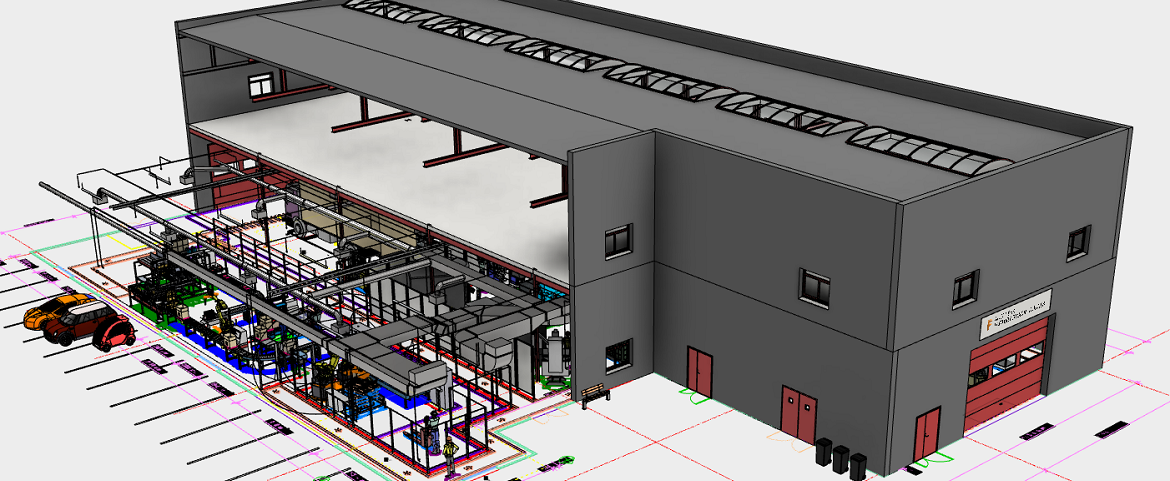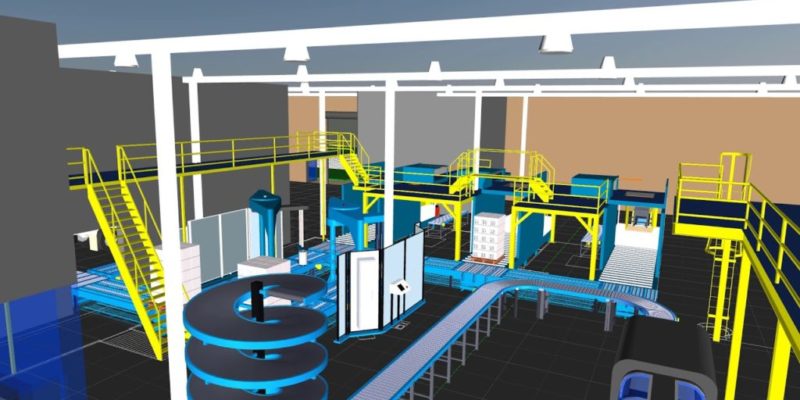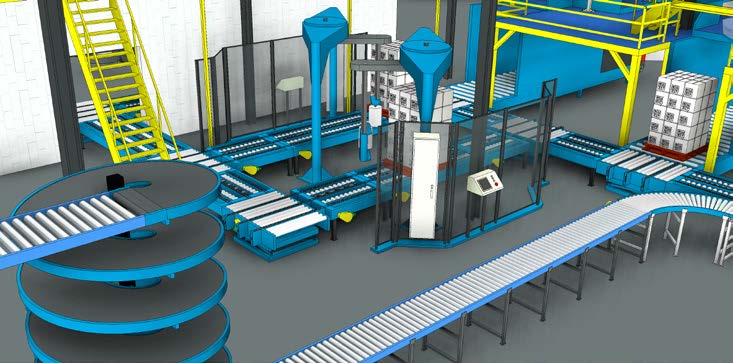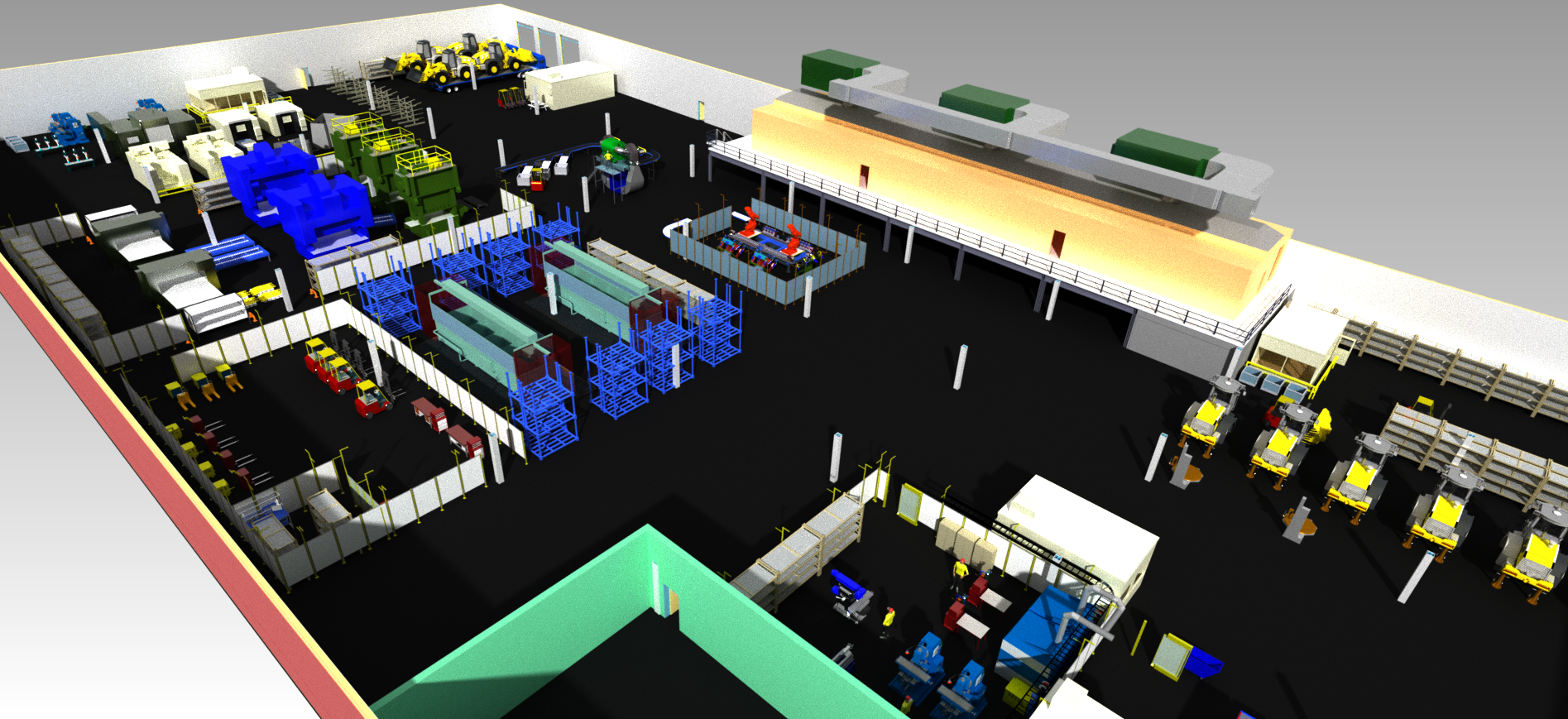Get Support
+91 9123517774
In the dynamic landscape of modern manufacturing, the concept of Integrated Factory Planning has emerged as a pivotal force, reshaping the way industries optimize production processes. This strategic approach involves the seamless coordination of various facets within a manufacturing environment, fostering efficiency, reducing waste, and ultimately enhancing the overall operational prowess.
The Essence of Integrated Factory Planning
Integrated Factory Planning revolves around the holistic coordination of processes, resources, and technologies within a manufacturing environment. It encompasses the entire lifecycle, from initial design and layout to the ongoing optimization of production lines. This approach aims to break down silos, encouraging cross-functional collaboration and synergy among different elements of the factory ecosystem.
Key Components of Integrated Factory Planning
1. Digital Twin Technology: The creation of digital replicas of the factory allows for in-depth simulation and analysis, aiding in better decision-making during the planning phase.
2. Automation and Robotics Integration: Leveraging automated systems and robotics streamlines production, reduces manual errors, and enhances overall efficiency.
3. Supply Chain Integration: Connecting the manufacturing process with the supply chain ensures a synchronized flow of materials, minimizing disruptions and delays.


Lean Manufacturing Principles in Action
Integrated Factory Planning aligns with Lean Manufacturing principles, emphasizing the elimination of waste and continuous improvement. By optimizing workflows, minimizing inventory, and enhancing flexibility, manufacturers can respond more effectively to market demands while maintaining cost-effectiveness.
Advantages of Integrated Factory Planning
1. Enhanced Efficiency: Seamless coordination leads to optimized production processes, reducing downtime and enhancing overall efficiency.
2. Resource Optimization: Efficient use of resources, including materials, labor, and equipment, contributes to cost savings and sustainability.
3. Adaptability and Scalability: A well-integrated factory is better equipped to adapt to changes in demand and scale operations as needed.
Challenges and Considerations
While the benefits are substantial, implementing Integrated Factory Planning comes with challenges. These may include the initial investment in technology, workforce training, and the need for a cultural shift within the organization. Overcoming these hurdles requires a strategic and phased approach.


The Future Landscape
As technology continues to advance, the future of manufacturing lies in the hands of those embracing Integrated Factory Planning. The integration of Industry 4.0 technologies, IoT devices, and data analytics will further refine the manufacturing landscape, unlocking new possibilities for efficiency, sustainability, and innovation.
Conclusion: Paving the Way to Manufacturing Excellence
Integrated Factory Planning is not merely a trend; it is a fundamental shift in how industries approach manufacturing. As we navigate the complexities of the modern industrial landscape, the integration of processes and technologies becomes paramount. By boldly embracing Integrated Factory Planning, industries can forge a path to manufacturing excellence, staying resilient and adaptive in the face of evolving challenges.


